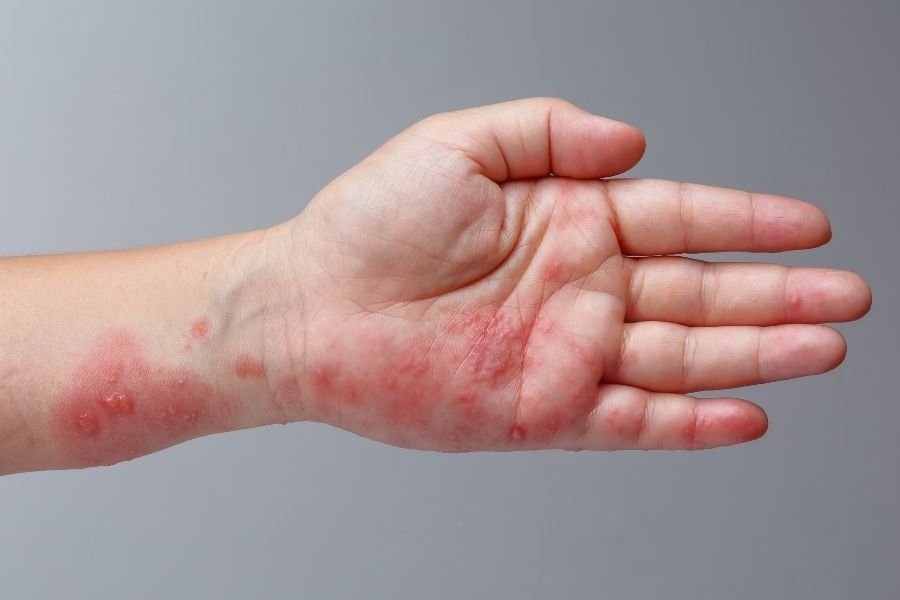
A parasite is a living thing that lives on or in other organisms, called the host. It depends on its host to survive. The host provides food, a place to live, to grow and increase in numbers. Parasites come in different sizes, from tiny organisms to worms that can be seen with the naked eye.
Parasites usually enter the human body through the mouth or skin. Being in close contact with pets may also lead to parasitic infections, as pets are common hosts for parasites. Common parasitic infections include head lice and scabies.
Scabies
Scabies can affect anyone. It is caused by human itch mites, known as Sarcoptes scabiei. The mites dig their way through the skin, where they live and deposit their eggs. Scabies can be passed from one person to the other when there is physical contact with an infected person. It can also be passed on through sharing contaminated items such as clothing, bed sheets or furniture with an infected person.
What you can do
- Avoid contact with the infected person or sharing contaminated items such as bed sheets or clothing used by the infected person
- Bed sheets or clothing that were used by the infected person at least 2-3 days before starting treatment should be machine-washed in hot water and dried with a hot dryer or dry-cleaned
- Items that cannot be dry-cleaned should be stored in a sealed plastic bag for a few days to a week to starve the mites. Mites are usually not able to survive more than 2-3 days without a host
- People who have close contact with the infected person should be treated for scabies to avoid spreading the infection to others
- Rooms used by the infected person should be cleaned and vacuumed thoroughly
Head Lice (Pediculosis capitis)
Head lice are caused by the species Pediculus humanus capitis, which lives close to the human scalp. Head lice can live up to 30 days while their eggs can live more than two weeks on humans. Lice can pass from one person to the other through head-to-head contact. It can sometimes spread through sharing of personal objects such as combs, towels, bed sheets and clothing with an infected person, although this is less common.
What you can do
- Remove head lice and their eggs with a fine toothed comb by combing the hair from the hair roots to the ends. Repeat the combing every two to three days and continue to check for two to three weeks to be sure all lice and eggs are removed
- Avoid sharing personal objects such as towels, hair brushes, combs, hats, bed sheets, or clothing with an infected person
- Soak and wash clothing, bed sheets and towels in hot water and dry in a hot dryer for at least 20 minutes or place the personal objects in a plastic bag for two weeks to starve the lice
- Soak combs or brushes in hot water for 5 to 10 minutes
Updated Dec 2022
This article does not take the place of talking to your doctor or pharmacist. People with special health needs such as babies, children below 12 year old, elderly and pregnant ladies should see a doctor instead of self-treatment. Always read the instructions and warnings on the package before taking any medicine.
.png)



















































